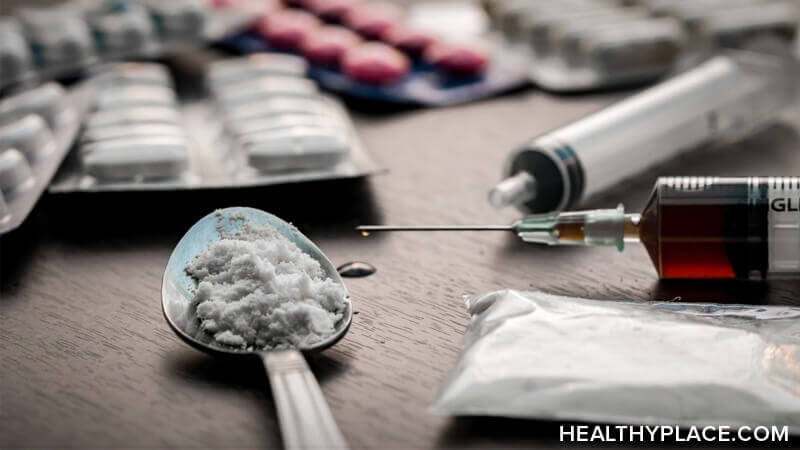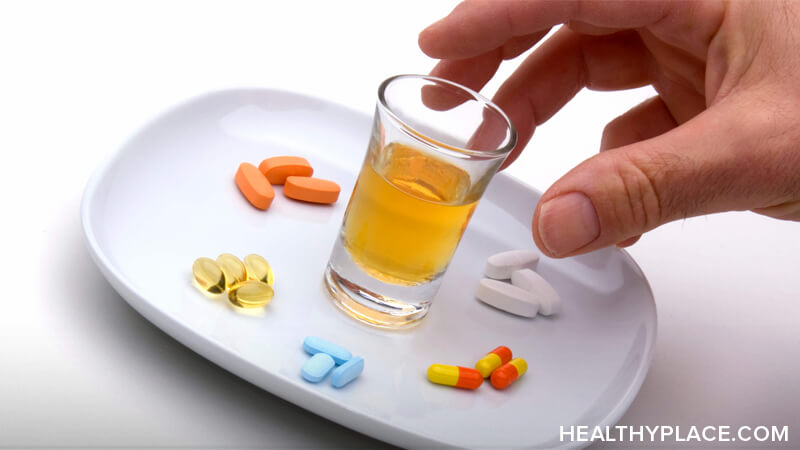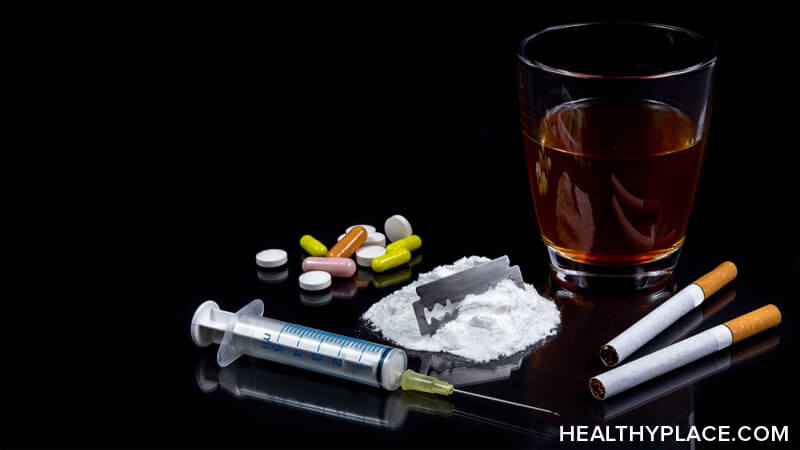Addiction Facts and Statistics

Addiction facts and statistics reveal a nation that is overcome with a variety of addictions (see: Types of Addictions). Cigarettes and alcohol are the most common addictions and can be seen throughout the population, although addiction statistics show they are slightly more common in lower socioeconomic classes. Addiction facts and statistics on alcohol and tobacco include:1,2
- Alcoholism is present in 20% of adult hospital inpatients
- Alcohol abuse and dependency occurs in about 7.5% - 9.5% of US adults annually
- Alcohol addiction has lifetime prevalence rates of 20% in men and 8% in women
- Nicotine use increases the risk the users is likely to go from alcohol use to alcohol dependency
- Smoking is the leading cause of preventable death in the US; alcohol is the third
- 28% of men and 24% of women smoke cigarettes
- Tobacco smoking is responsible for one-in-five deaths in the US
- 10 million people have died from smoking-related causes; 2 million from lung cancer alone
Facts and statistics on addiction of illegal drugs are also eye-opening:3
- 8.2% of the US population age 12 and over reported being illicit drug users in 2003. This equates to 19.5 million people.
- 14.6 million people were current users of marijuana in 2003, making it the most commonly used illicit drug.
Facts and Statistics About Impulse Control Disorders
While addiction (see: What is Addiction?) is not specifically defined in the current version of the Diagnostic and Statistical Manual of Mental Disorders (DSM-IV-TR), impulse control disorders are defined. Impulse control disorders mimic addiction in that they are an obsessive impulse that people compulsively act on. Few people meet the criteria for an impulse control disorder. Some facts and statistics about impulse control disorders include:4
- Kleptomania (compulsion to steal) – a prevalence of 0.6% of the population with less than 5% of shoplifters meeting the diagnostic criteria. Kleptomania is more prevalent in women than men.
- Pyromania (compulsion to start fires) – considered extremely rare and is more prevalent in men.
- Gambling (pathological) – is present in an estimated 3% of people. While 30% of those with this impulse control disorder are women, they make up only 2% - 4% of the Gamblers Anonymous membership.
- Intermittent explosive disorder (compulsive aggressive and assaultive acts) – considered very rare with men making up 80% of the population.
Teen Addiction Facts and Statistics
The National Institute on Drug Abuse and the Substance Abuse and Mental Health Services Administration both conduct surveys to report on teen drug use and addiction facts and statistics. These surveys typically target school-age teens. Some of the facts and statistics on teen drug use include:
- 51% of US teenagers have tried an illicit drug by the time they finish high school.
- Two years running inhalant use has increased in 8th graders; 17.3% report using inhalants at least once in their lifetime.
- About 10% of 12th graders reported non-medical use of hydrocodone (Vicodin) in 2004 and 5% reported non-medical use of oxycodone (Oxycontin).
APA Reference
Tracy, N.
(2021, December 15). Addiction Facts and Statistics, HealthyPlace. Retrieved
on 2025, May 23 from https://www.healthyplace.com/addictions/addictions-information/addiction-facts-and-statistics








